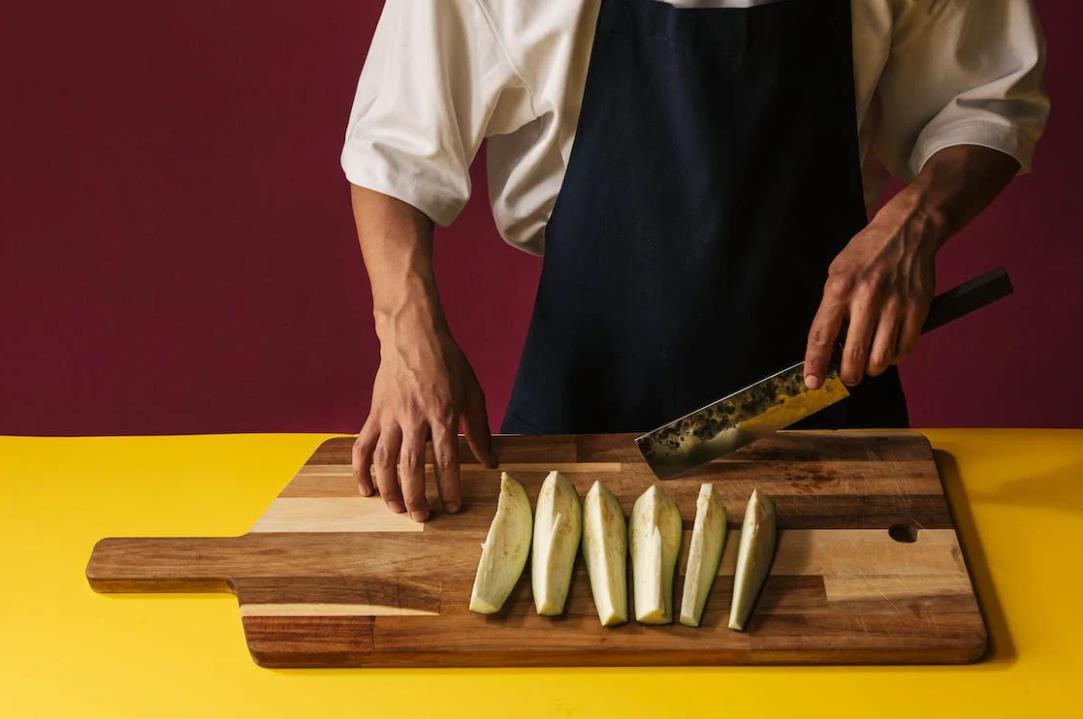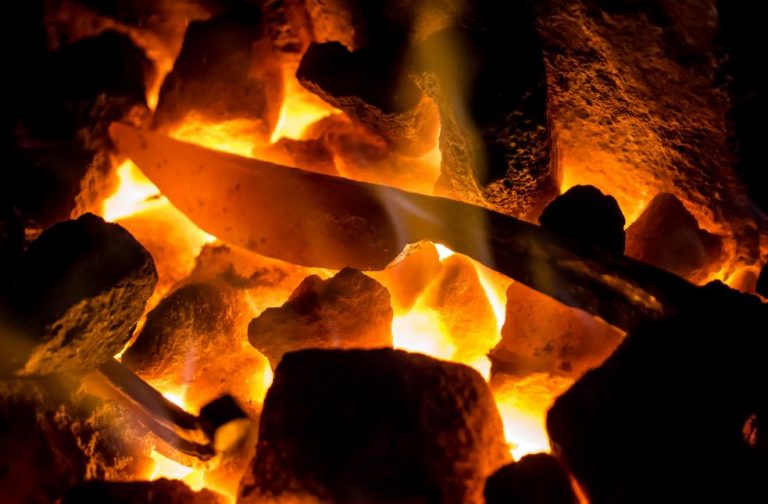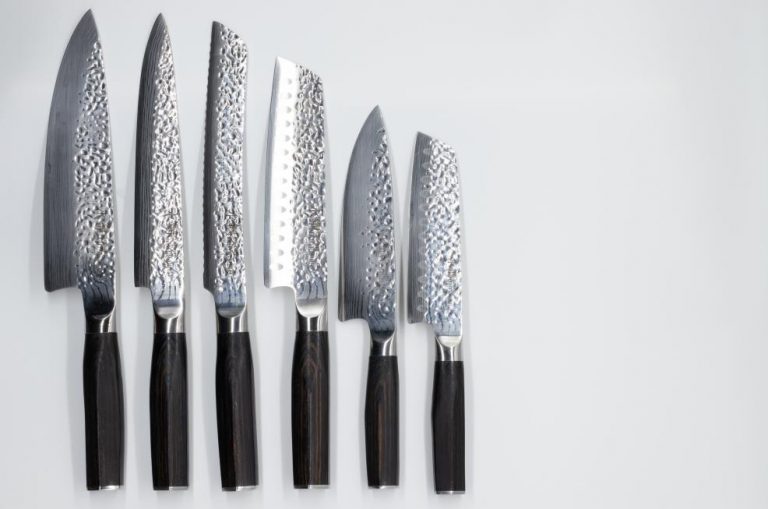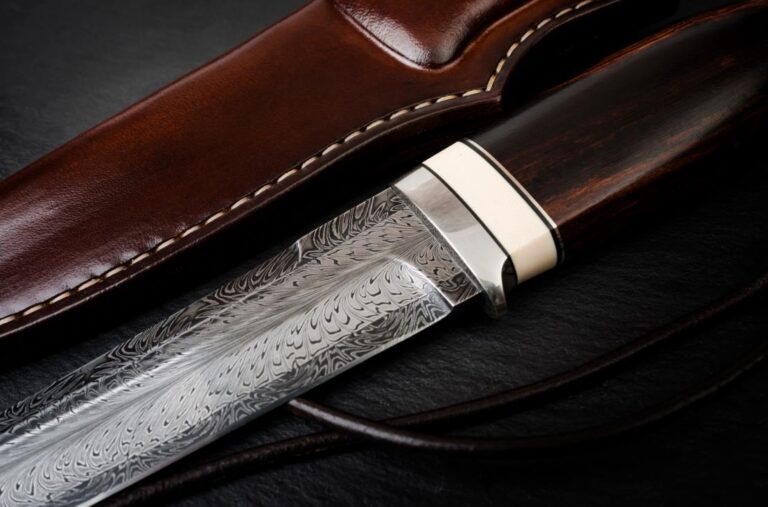The balance point is a hidden feature of every knife. It’s there, but unlike the other traits of a knife, you won’t be able to catch it with your eyes. It takes holding a knife to feel its balance point, though you can make speculations about where it might be, judging by its components.
The bolster, tang, design, handle, and many other details that go into making a knife affect the balance. Knife manufacturers carefully consider these with the knife’s primary purpose and design everything in a way that balance aids users. That happens with experienced knifemakers, of course.
In this article, we’ll go over just these – the knife balance. Read to the end to find out how it affects users, the various balance points, and how to consult these with manufacturers before bulk purchasing products to sell.
What is a knife balance point?
The balance point is where the knife naturally rests. A properly balanced knife doesn’t need to have its balance point right in the middle. There are various balance points, and each accommodates the user’s cutting style and the purpose of the knife they’re holding.
There are three balance points in knives. It can be at the middle, front, or back. The latter two are also known as blade-heavy or handle-heavy.
Here is how you can test a nearby knife’s balance points.
- Middle: If the knife feels flat in the air, it probably has a middle balance point. A knife with this balance point is equally comfortable to move forward and back.
- Back-heavy: The knives with back-heavy balance are heavier at the handle. The weight concentrates at the back of the knife, and the blades move as if there is no weight.
- Front-heavy: The tip of a knife with a front-heavy balance lowers forward. This balance point is suitable for meat cleavers and cooks utilizing the push/thrust cutting technique.
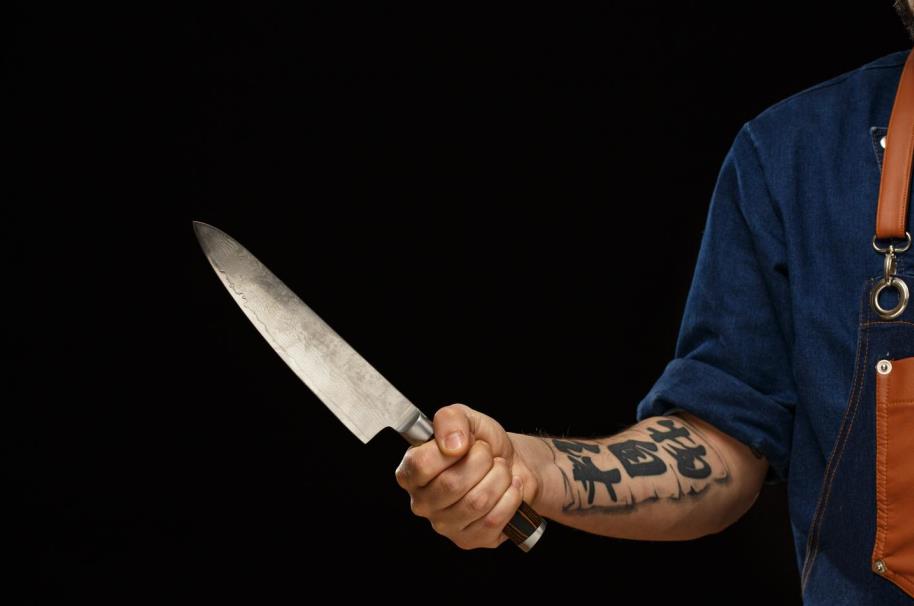
Every knife must have the appropriate balance for its primary use and to accommodate the cook’s gripping style.
Assume you’re selling a knife with the exact blade shape, components, and dimensions a customer anticipates purchasing. It’s the perfect product for them at first sight.
The customer then picks up the knife happily, but they feel something off about it. The knife doesn’t move how they prefer as if it’s working against them. The rest is obvious; they walk away from the store empty-handed.
This is a good example of the expected outcome of selling an unbalanced knife. Even with a flawless design, it won’t make a sale. An unbalanced knife feels awkward to hold and unpleasant to operate. It goes against the cook’s hand movements, making it tiresome to cut with it.
The knife balance should be something that helps users. The knife’s balance must work with the user – not against them – as a helping hand that slightly drives the blade in every motion.
Buy Wholesale Knives and Start Scaling up with Us Today
Contact us and connect with a sales rep to get a free quote.
How to find the balance point of a knife?
It doesn’t take much to find the balance point of a knife. Even holding it for a few seconds gives you a feel for where it wants to move.
Here are a few tips on finding a knife’s balance point.
- Grip the knife with your preferred style and move it in the air. Have a feel for where it naturally leads your hand.
- Take the knife and move your hands as if cutting with it. If it works with you, driving your hands while you cut, the balance point is where you advance the knife.
- Lastly, pay attention to where the weight concentrates. A blade-heavy knife will have more load towards the tip, so it naturally falls there. A back-heavy knife will rest flat in your hand even when you have a relaxed grip. A middle-balanced knife’s weight is equally distributed, making it effortless to move forward and back.
Take these with a grain of salt, though. As the gripping style varies, the balance point might also change. For example, with a pinch grip, the knife can have a middle balance but also feel front-heavy with a standard handle grip.
Where is the best balance point?
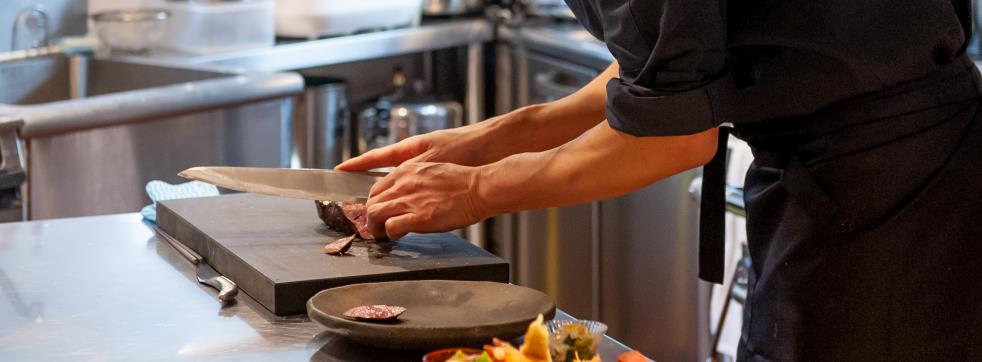
There isn’t a best knife balance point. It changes depending on user preferences and the knife’s purpose. However, there are some optimal ones, especially for knives with specific uses.
Take the Japanese Nakiri as an example. It’s a kitchen knife chefs mainly employed for cutting vegetables. The thrust/push cutting style the Japanese chefs utilize is more comfortable with a front-heavy balanced knife. The blade primarily moves away from the user, so a front-heavy balance aid cooks in their hand movement.
On the opposite end, some knives require a handle-heavy design, like the boning knives. These kitchen knives have thin, flexible blades that maneuver around the bones to separate the meat. Naturally, the back-heavy design fits this purpose. It provides better control, giving the cook complete charge of the blade.
With all-purpose knives, like the chef’s knife or Gyuto, most users prefer a middle balance point, usually around the widest part of the blade. As opposed to mostly moving away or towards, these knives get both actions. Cooks push the knife away to chop or pull to julienne. A middle balance point accommodates both of these motions. However, with western chef’s knives, back-heavy balance is also optimal as it helps with rock chopping.
All these determine the optimal balance point for a knife. Consider the knife’s primary purpose and the cutting and gripping preferences of your customers to deliver them the best balance point.
What determines a knife’s balance point?
Many things define a knife’s balance point. The blade length and width, overall design, handle material and structure, bolster and tang types.
You can presume the balance point by simply looking at a knife. A knife with a wide blade, like the meat cleaver or Cai Dao, is likely to have a forward balance. A paring knife with its short blade probably has a middle or handle-heavy balance point, and so on.
Most kitchen knives with a specific purpose have a design that creates a relevant balance. For example, Yanagiba, the Japanese sushi knife, has a long, thin blade. With the pointed finger grip, the knife’s natural forward balance provides excellent control to Itamae, the sushi master.
Optimal knife balance chart
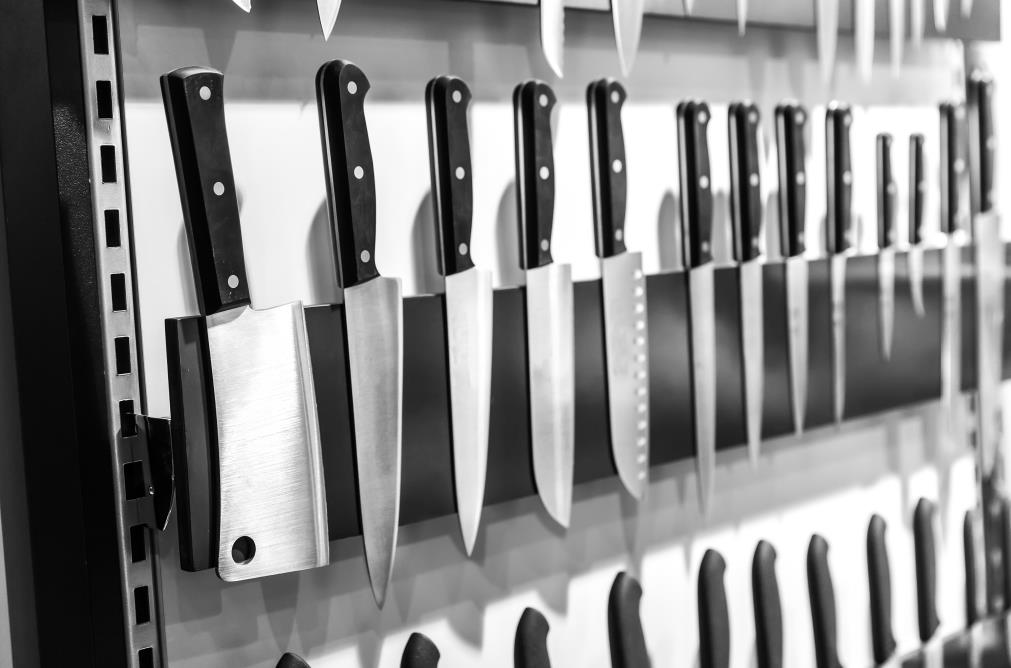
With everything discussed so far, we can conclude that there is no best balance point. Here are some of the optimal balance points for various kitchen knives.
| Knife type | Optimal balance point |
| Western chef’s knife | Back/middle |
| Paring knife | Back |
| Meat cleaver | Front |
| Boning knife | Front |
| Utility knife | Back/middle |
| Gyuto | Middle |
| Nakiri | Front |
| Yanagiba | Front |
Where should the balance point be for the knives you sell?
The above table is a great start to figuring out the right balance points in the knives you sell. As we’ve mentioned throughout this article, think about the knife’s purpose and grip techniques of your customers.
These two considerations should be enough to give you an idea of what balance point suits the products you sell the most.
Consulting balance point with knife manufacturers
The balance isn’t something to be underestimated. It can turn a perfectly appearing knife into a mediocre one. We’ve gone over these already. As a shop owner or manager, the best you can do is to get in touch with a manufacturer that knows what they’re doing.
An experienced knife manufacturer will consider the knife balance in their designs before you even ask them. Most knives already have a balance point predefined by their design. Naturally, it’s appropriate for the knife’s main uses.
If you need something different, let the manufacturer know the possible balance points your customers prefer. Even though it might be extreme to some shops, bigger businesses can benefit from selling the same knife with different knife balance points.
You can customize all these with us, not just limited to the balance point but any other feature you want to see in the products you sell. Browse our product catalogs from our homepage and request a quote from us today with your inquiries.
